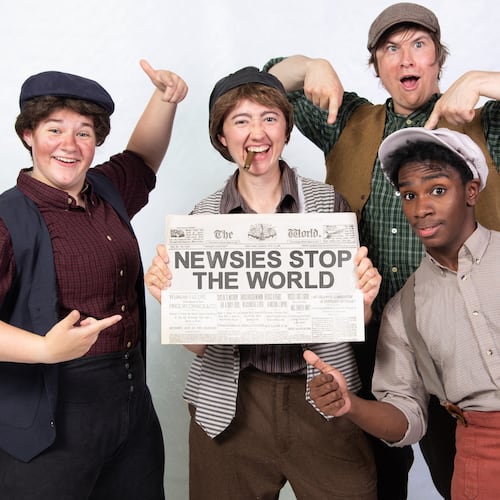Timelines can be useful tools.
You might get a better understanding of an ancestor by creating a timeline that lists the records of that person’s life, starting at birth. If the person was born in the 1840s, for example, you could note census records and its associated other schedules, Civil War records and anything unique to those times. In Georgia, we had the 1864 Joe Brown Census and the 1867 voter registration listing. Is the person in tax digests? If he owned property, have you found the deeds?
As part of the timeline, you want to keep a companion list, in alphabetical order, of their friends, associates and neighbors, to help, if needed, in future research. Those include any witnesses to documents. In later records, you might find a list of pallbearers, names in a baby book or funeral book. Many ancestors’ lives are pretty straightforward without any mysteries, others are chocked full of brick walls that you must hurdle. So, try creating a timeline just to be sure you haven’t overlooked anything.
Publishing family history
Publishing your family history in a book, or recording it in other ways, can preserve your research, family pictures and memories in format that family members might keep. Josh E. Taylor Jr. has done that with the whimsically titled “Are We Related to Anybody Famous? A Family History.” Taylor has created an attractive, soft-cover book with color photographs, family charts, memoirs, as well as the genealogy. This is a great example of what one can do and should do, and will be a treasure for his descendants. It’s available for $19.95 as a book, or $9.95 as an ebook/Kindle from jetaylor.info.
Think outside the box with nicknames
A nickname, like Bettie, is often assumed to be short for Elizabeth, but always check. It also can be a nickname for Bethany or Beatrice. Women with the legal name Mary were often called Polly, but some women nicknamed Polly actually were named Pauline. Don’t take anything for granted.
About the Author
Keep Reading
The Latest
Featured


